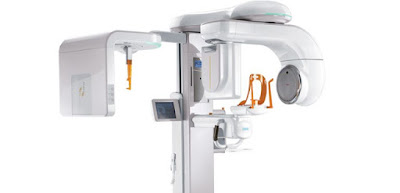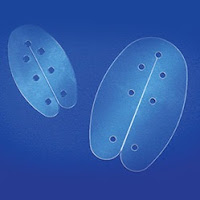1) Prior surgery
While most rhinoplasty procedures performed by qualified surgeons are successful, some patients still have crooked noses after surgery. In such cases, a revision rhinoplasty is required. The best way to avoid this problem from happening again is by doing your research and learning what caused this problem in your initial surgery and make sure your future doctor is qualified and upfront with how they will solve this problem.
2) Trauma
Because of the nose’s central location on the face, it’s easy to get injured while participating in most activities. The most common reasons that cause traumas and structural defects are fights, accidents, and sports.
3) Genetics (congenital problem)
In some cases, babies are born with a crooked nose or nasal functional problems such as a deviated nasal bone, septal deviation, sinusitis, nasal obstruction. This can be the result of congenital deformities, injuries sustained during childbirth.
1) Septal deviation correction :
The nasal septum consists of bone and cartilage and refers to the structure dividing the two nostrils. Septal deviation ( deviated septum) means the septum has moved to one side which makes one nasal passage smaller than the other. It can cause difficulty in breathing. Surgery is the only way to fix this disorder.
The surgeon makes an incision on columella to approach the septum, and move it into the right position to ensure the nasal passage is widened.
2) Osteotomy
Nasal Osteotomy is a surgical procedure that corrects the location of the nasal bones by vertically cutting both sides and central part of the nose. It is considered to be a very basic procedure, however, It’s also considered one of the most important procedure to help improve the balance of facial features. JW surgeons can re-position and carve the nasal bone to achieve a patient’s desired look.
3) Cartilage correction
There are various surgical procedures to correct the deviated cartilage from the middle to the tip of the nose. When using septal nasal cartilages for rhinoplasty, we analyze the size and shape of the septal nasal cartilage accurately to create a precise surgical planning.
If you are suffering from a nasal obstruction resulting from the inferior nasal concha, we will cut a small part of the inferior nasal concha off or make it smaller through a high- frequency procedure during the deviated nose correction. This procedure of widening the inner space of the nose can relieve many symptoms you have been experiencing.
5) Combined surgery
Depends on the individual’s condition, multiple procedures can be performed together to correct the problems.
1. The advantagesof deviated nose surgery in JW
02. Cigarettes may cause phlegm, sneezing, or extra bleeding after an operation. We strongly recommend that you stop smoking for two weeks before an operation. A serious cold may reduce your trachea and respiratory functions. Please inform your doctor or consultant in advance if you have a serious cold.
Whats App : +82-10-4779-5116/ +82-10-6389-5114/ +82-10-7195-5114/ +82-10-5768-5114
Kakaotalk Id: jwkorea/ jwbeauty777 / jwps /jwbeautykr
LINE ID : jwbeautykr/ jwpskr
LINE ID for Thai consultation: thai5114
Email : jwbeautykr@gmail.com
www.jwbeauty.net
http://jwbeautykorea.blogspot.kr









